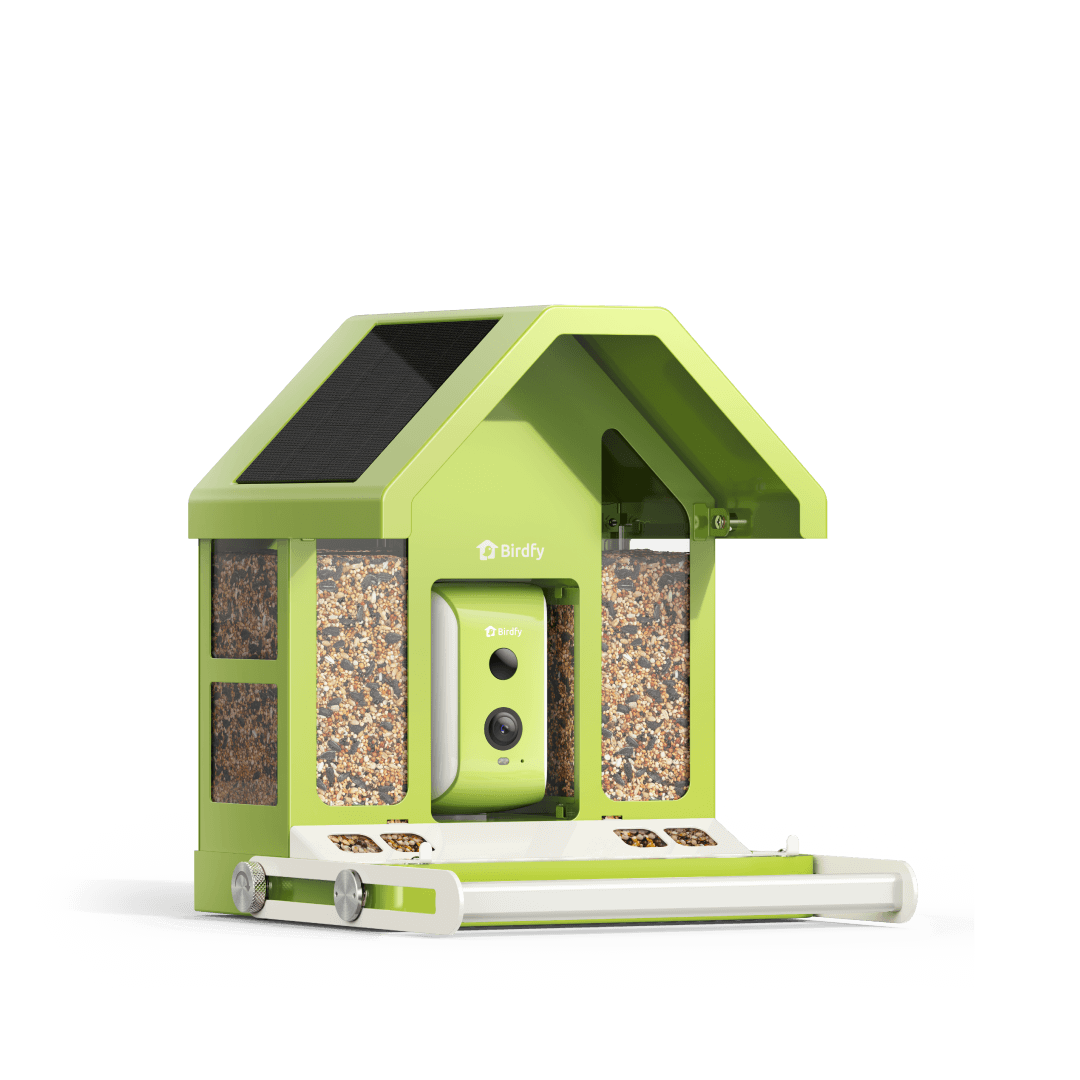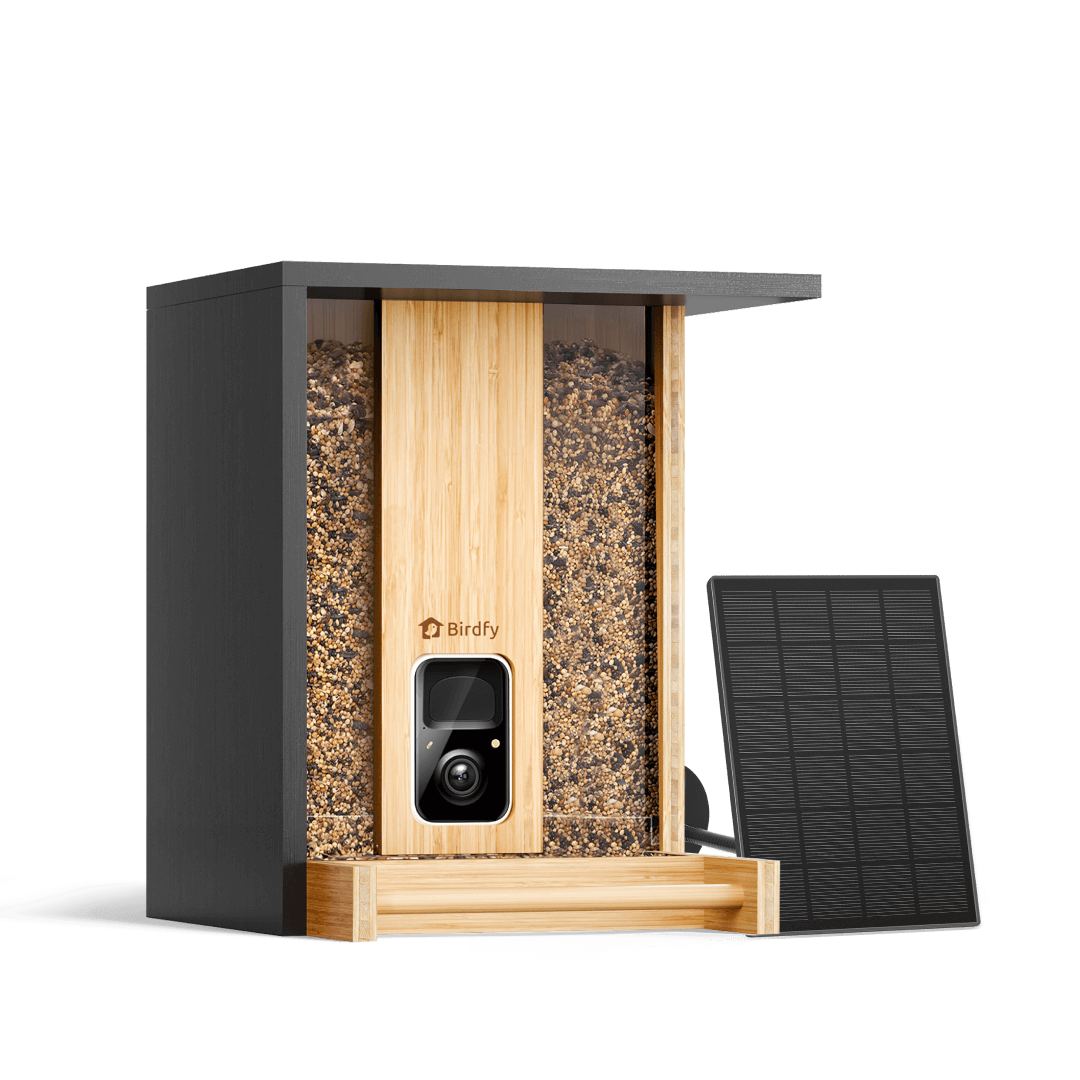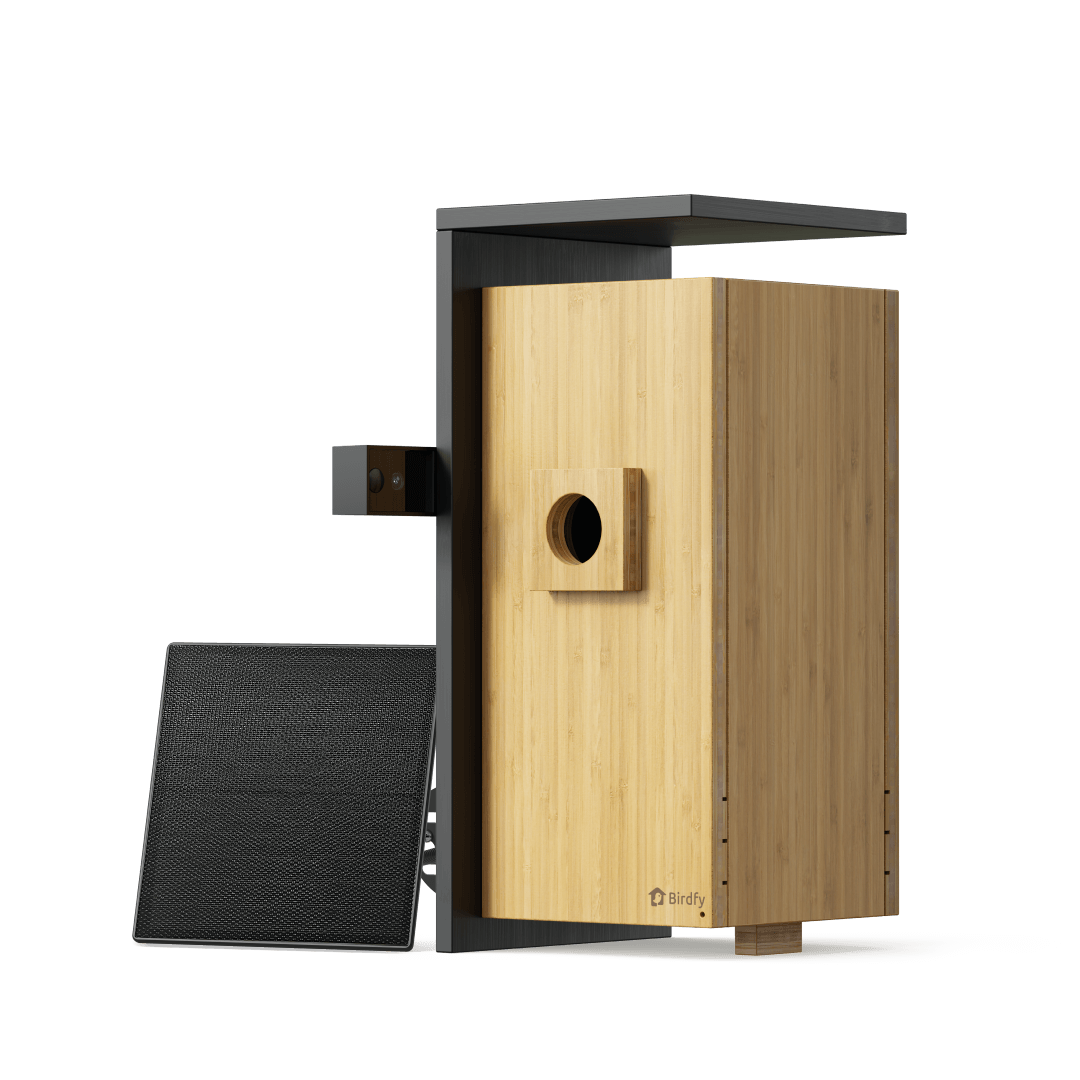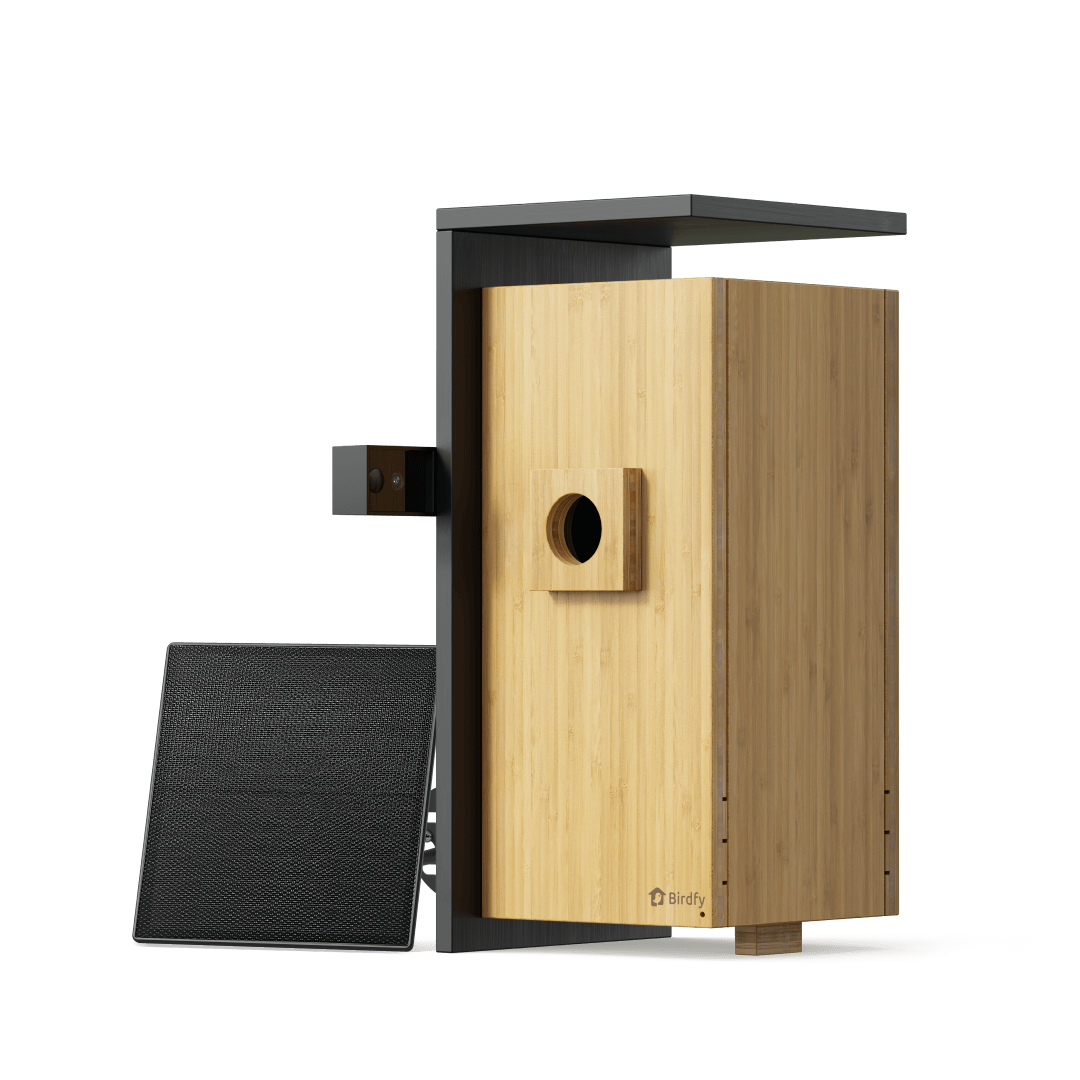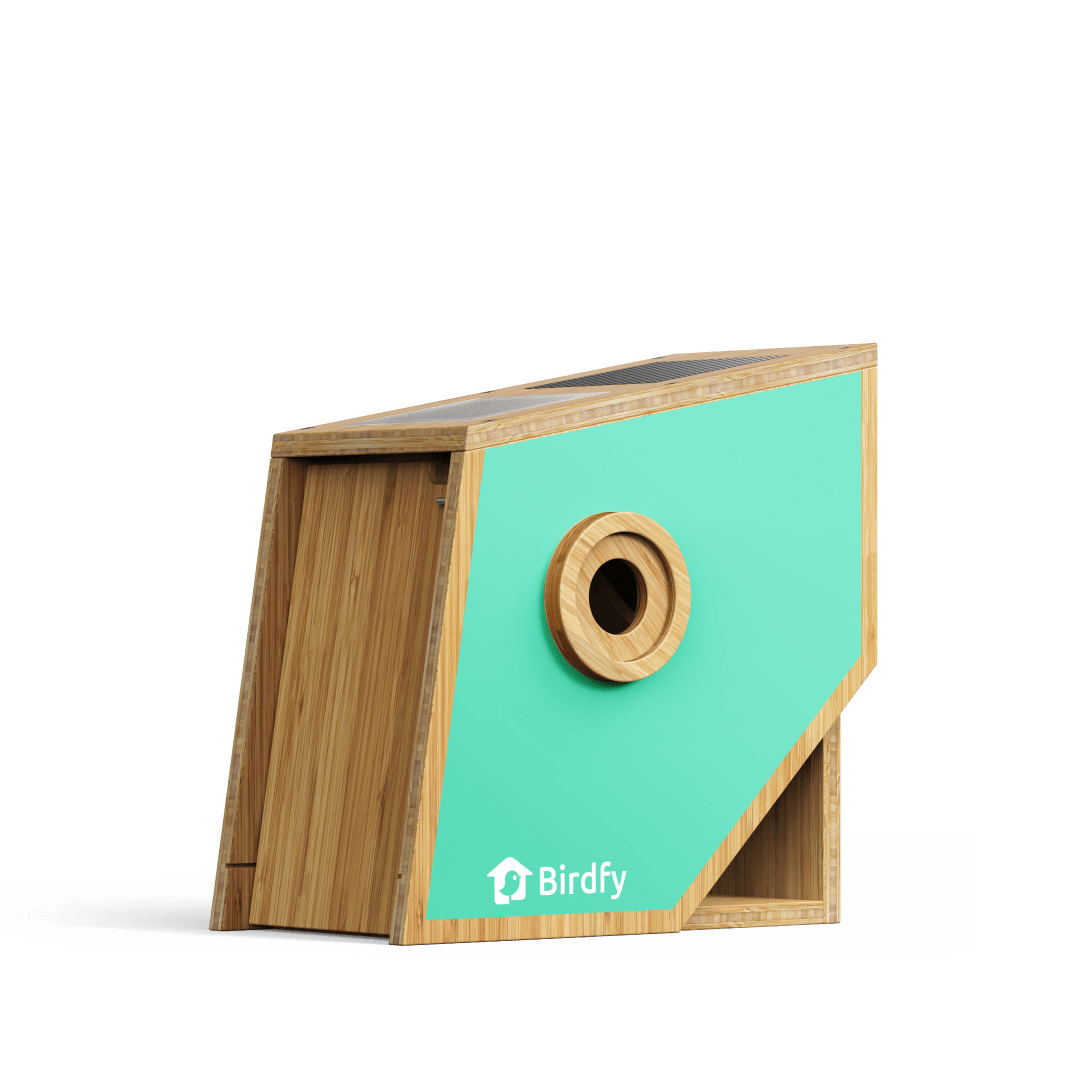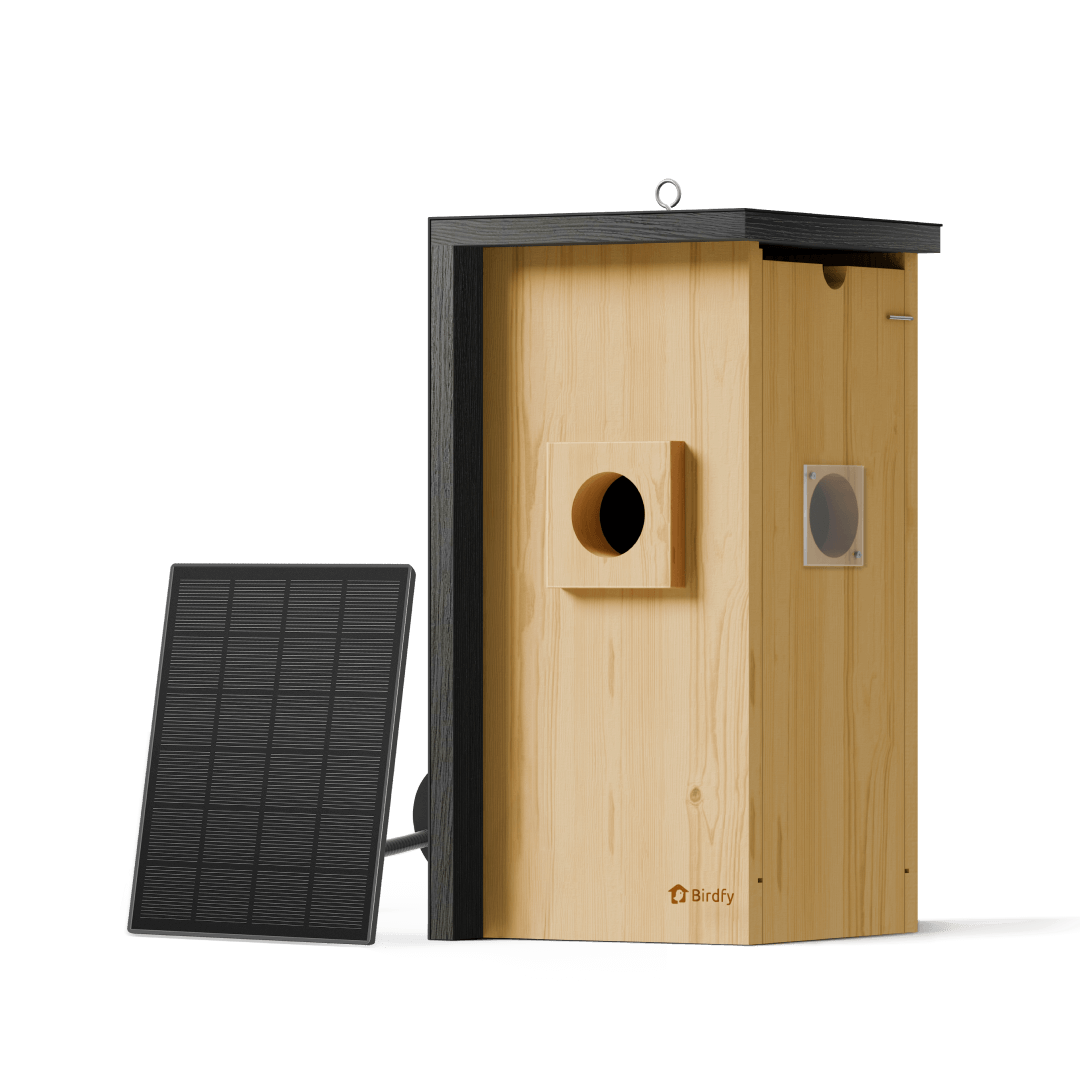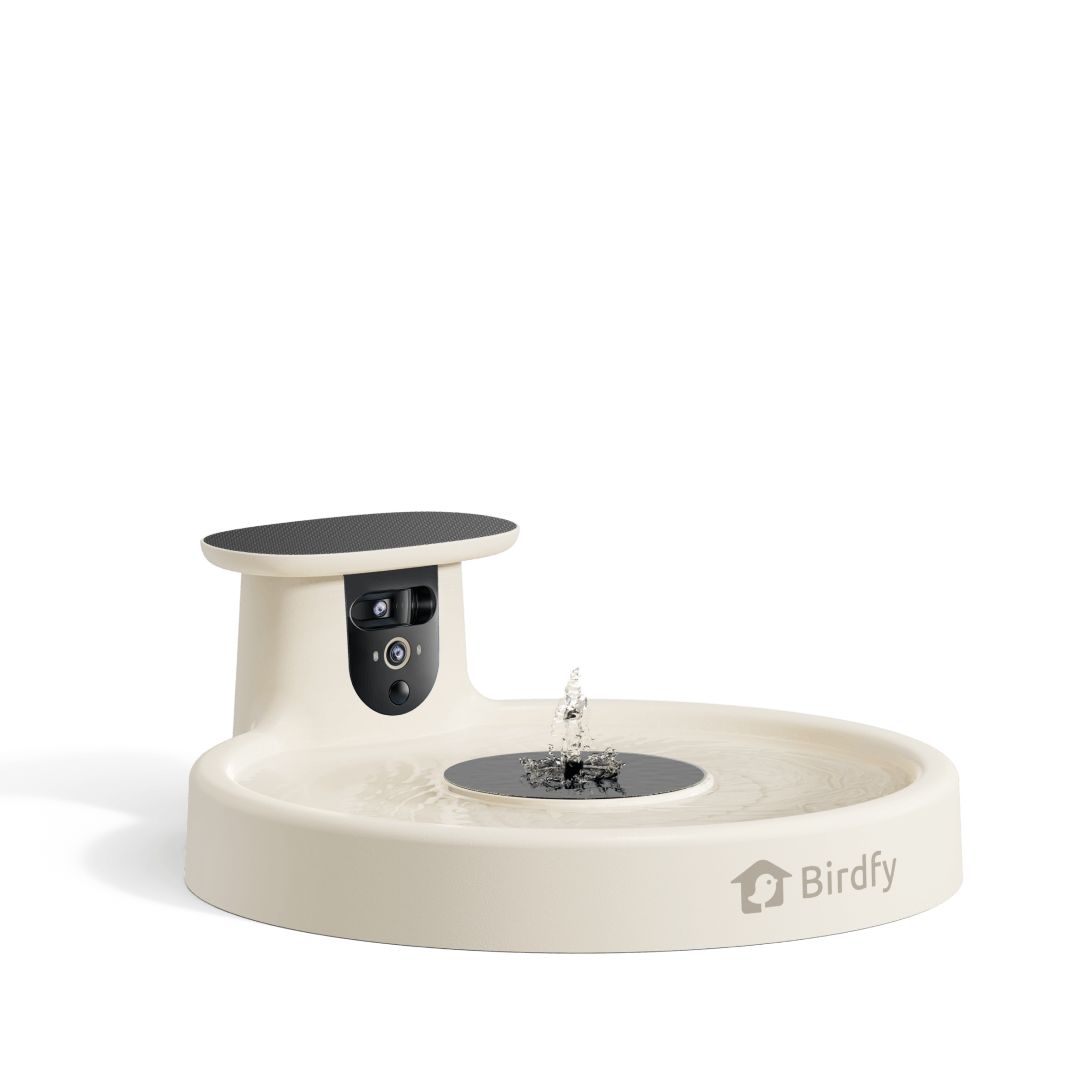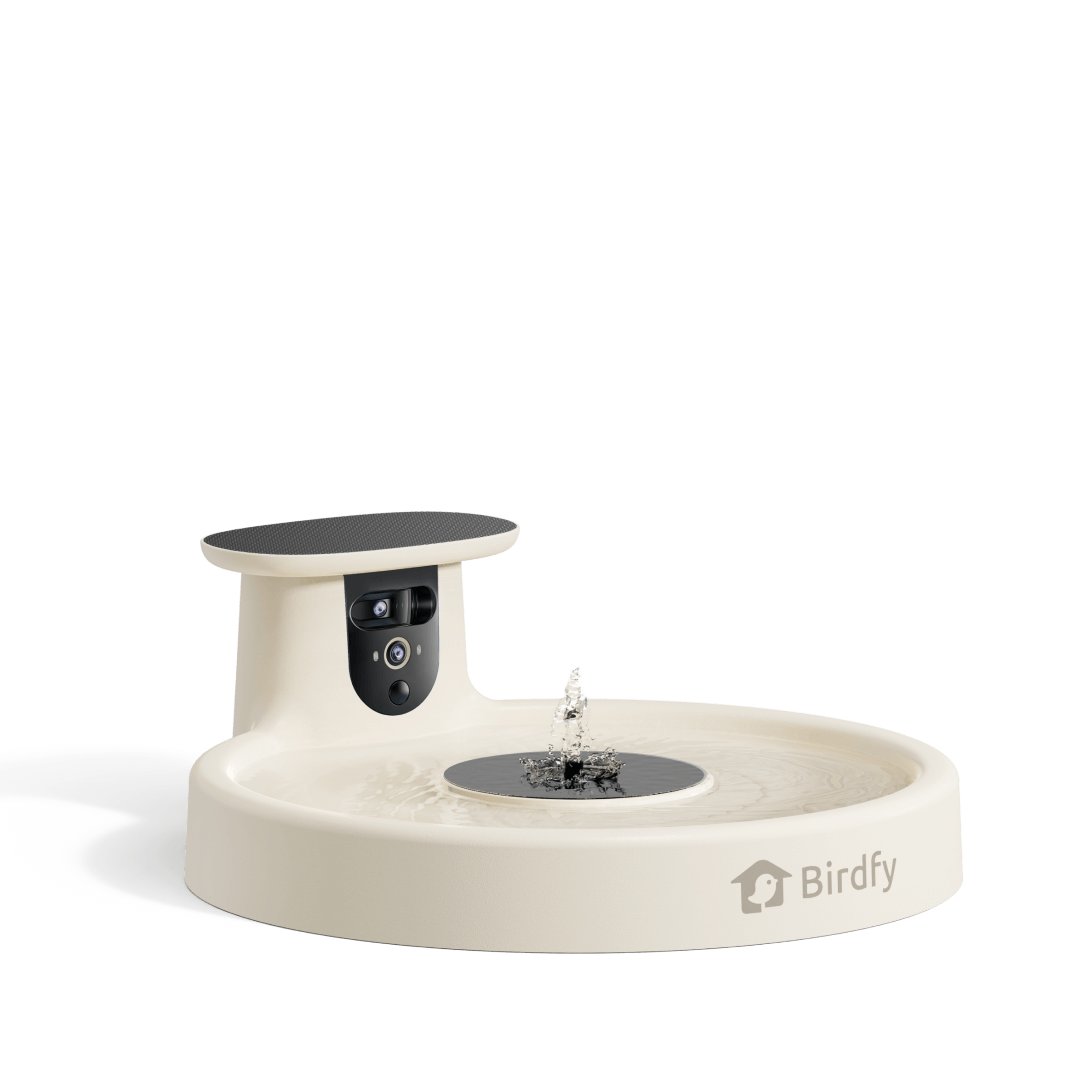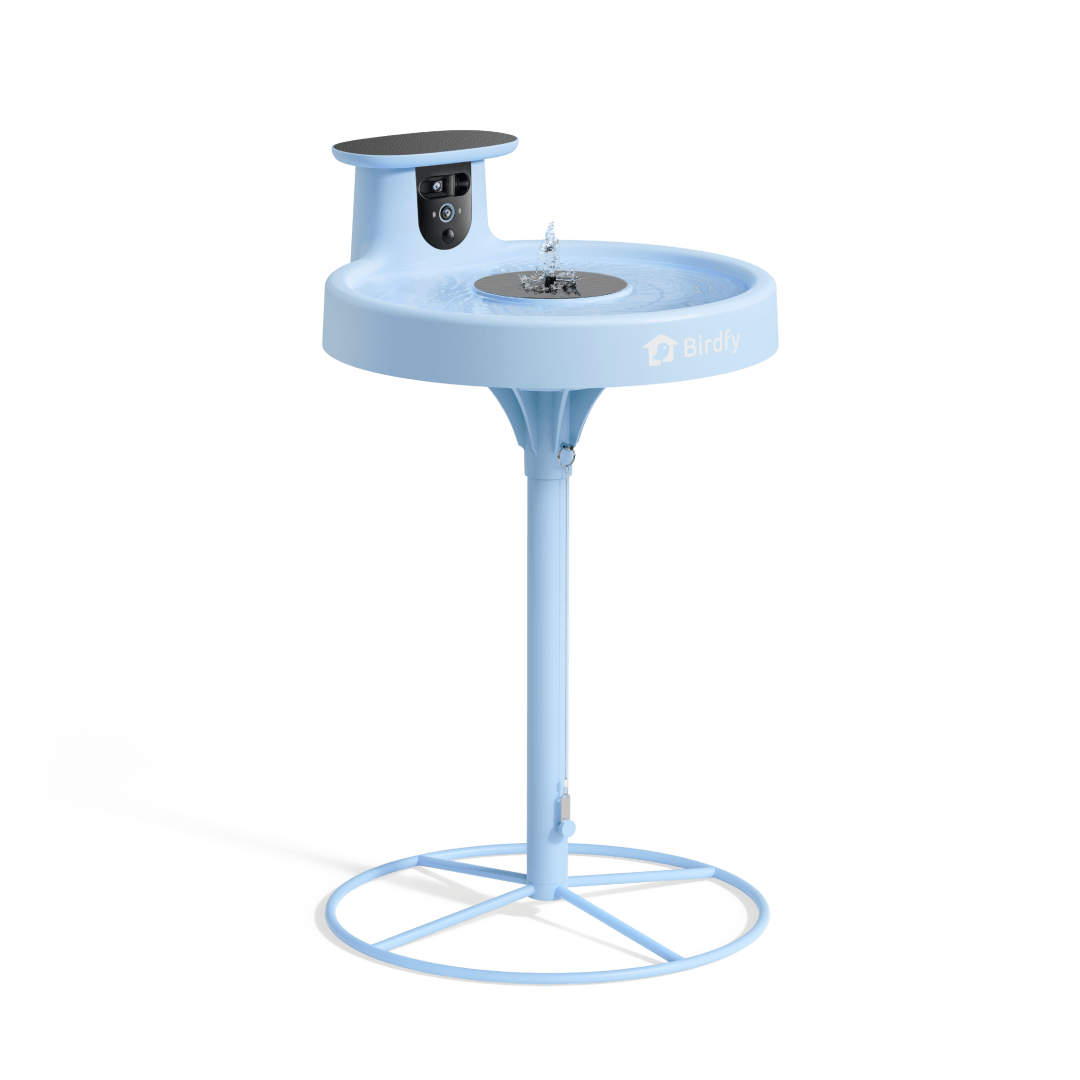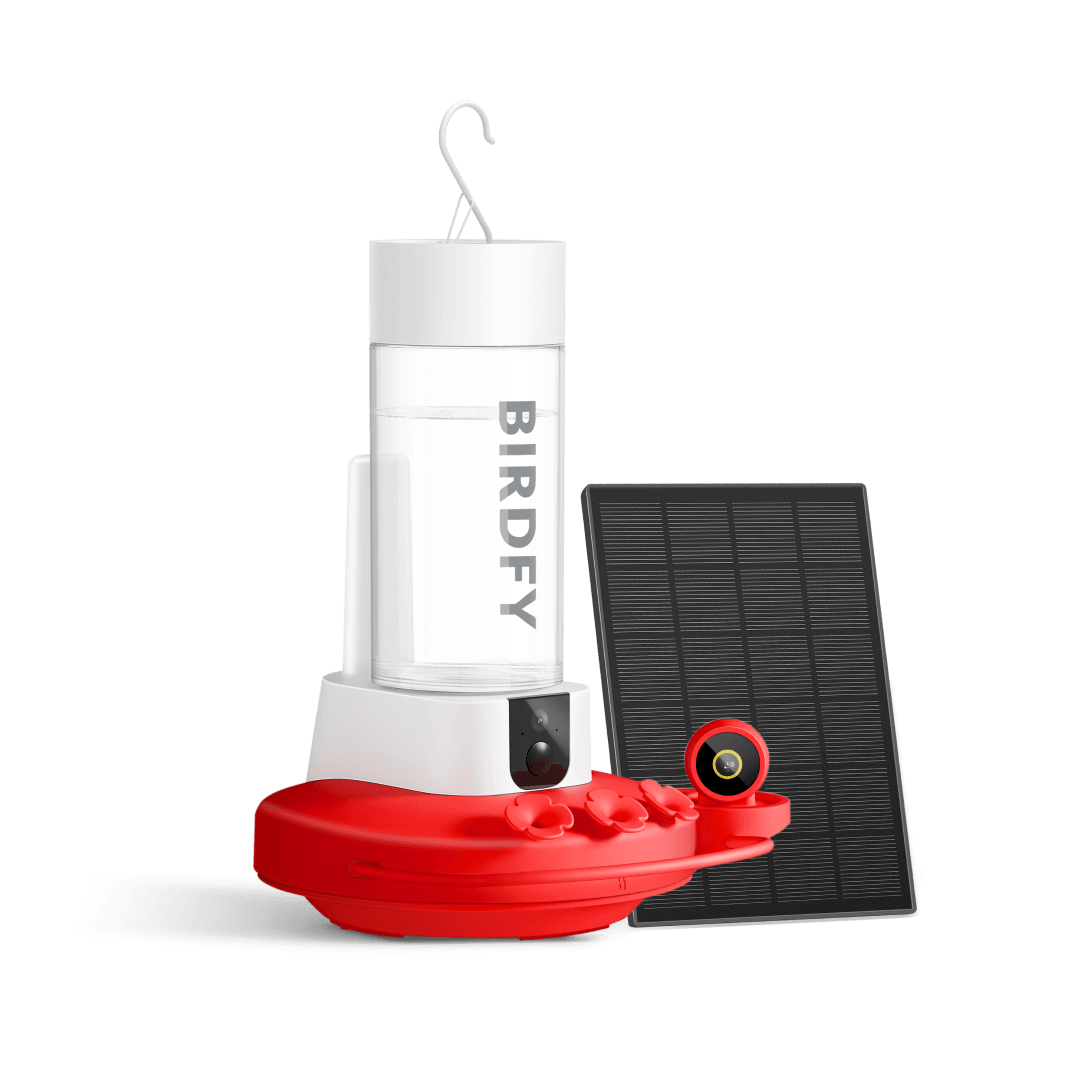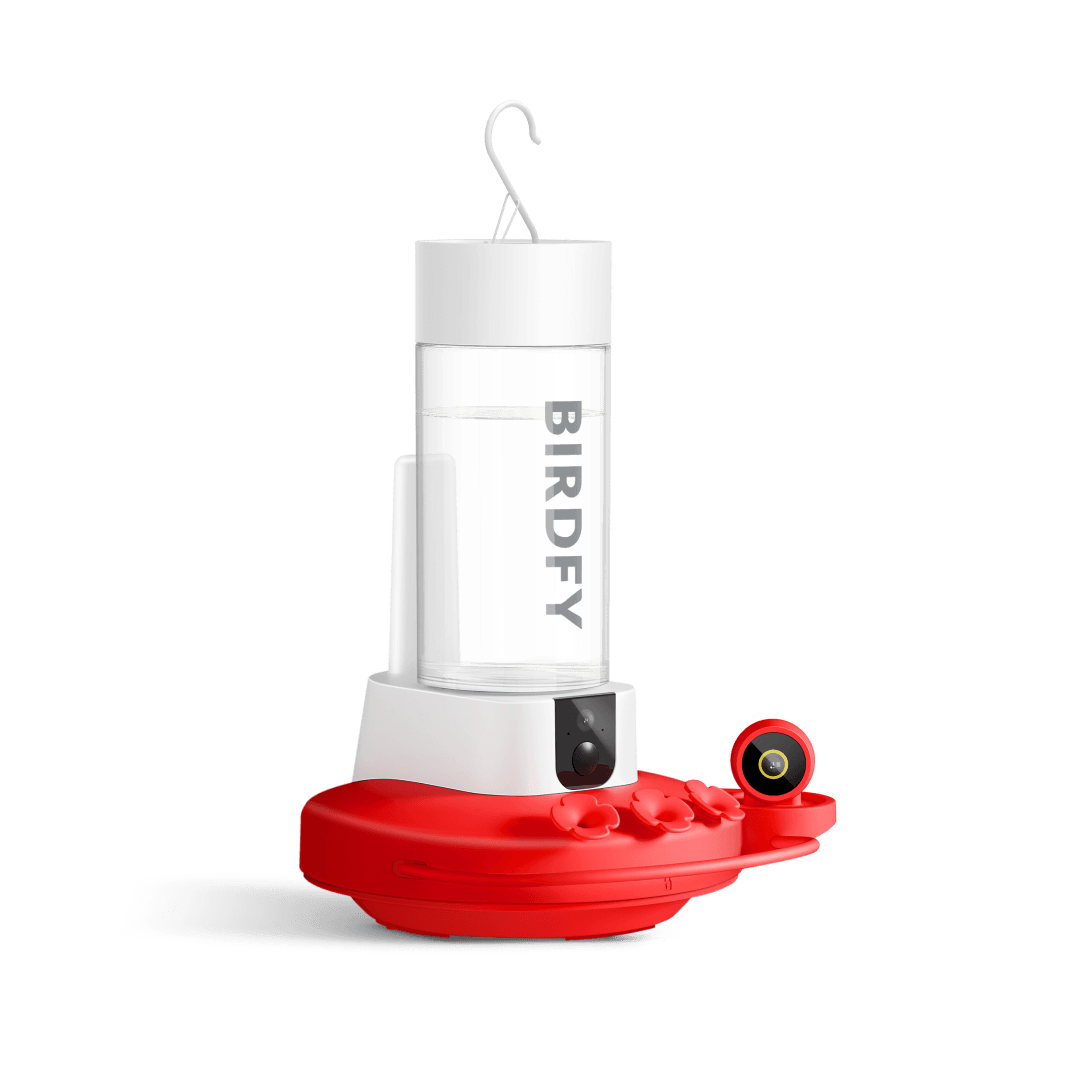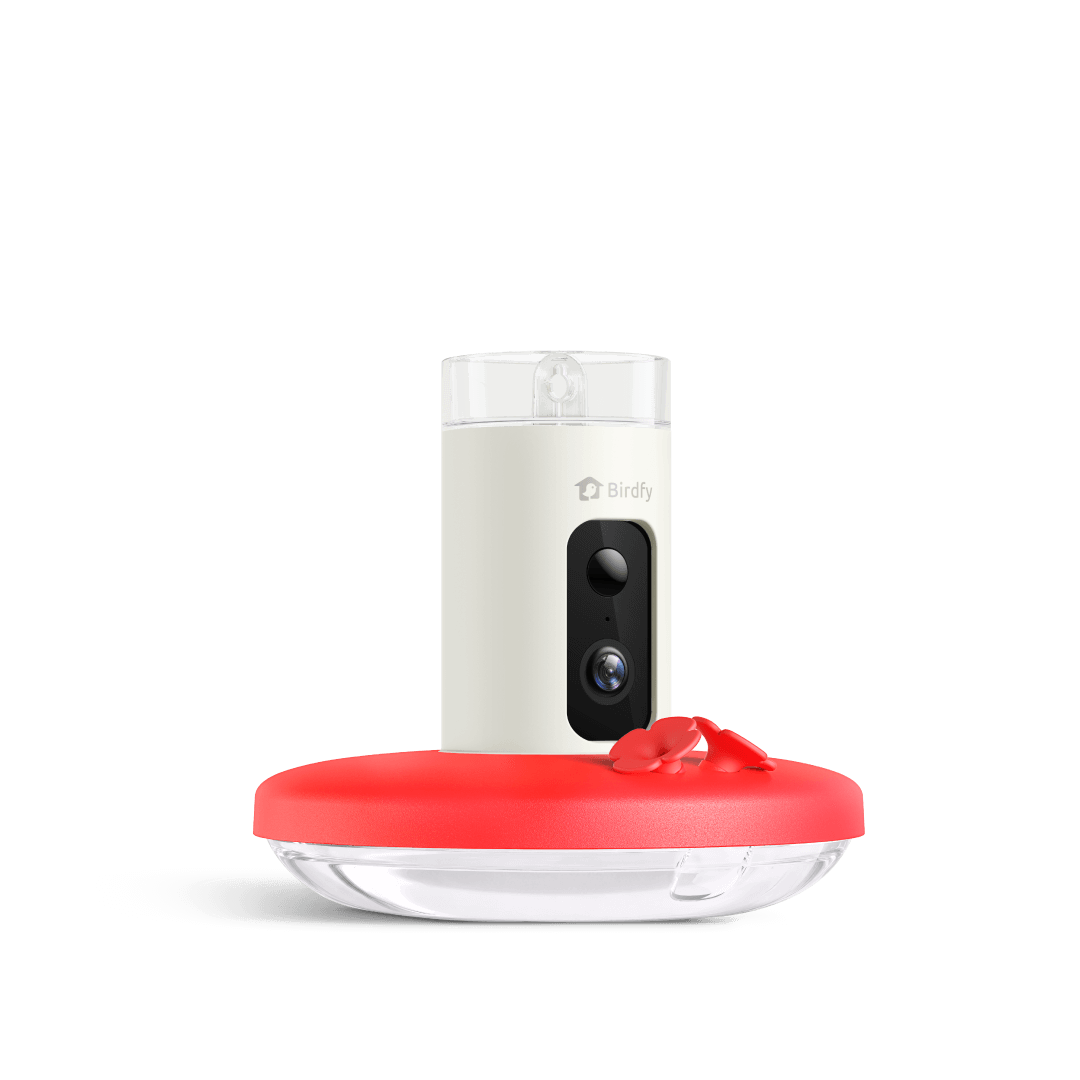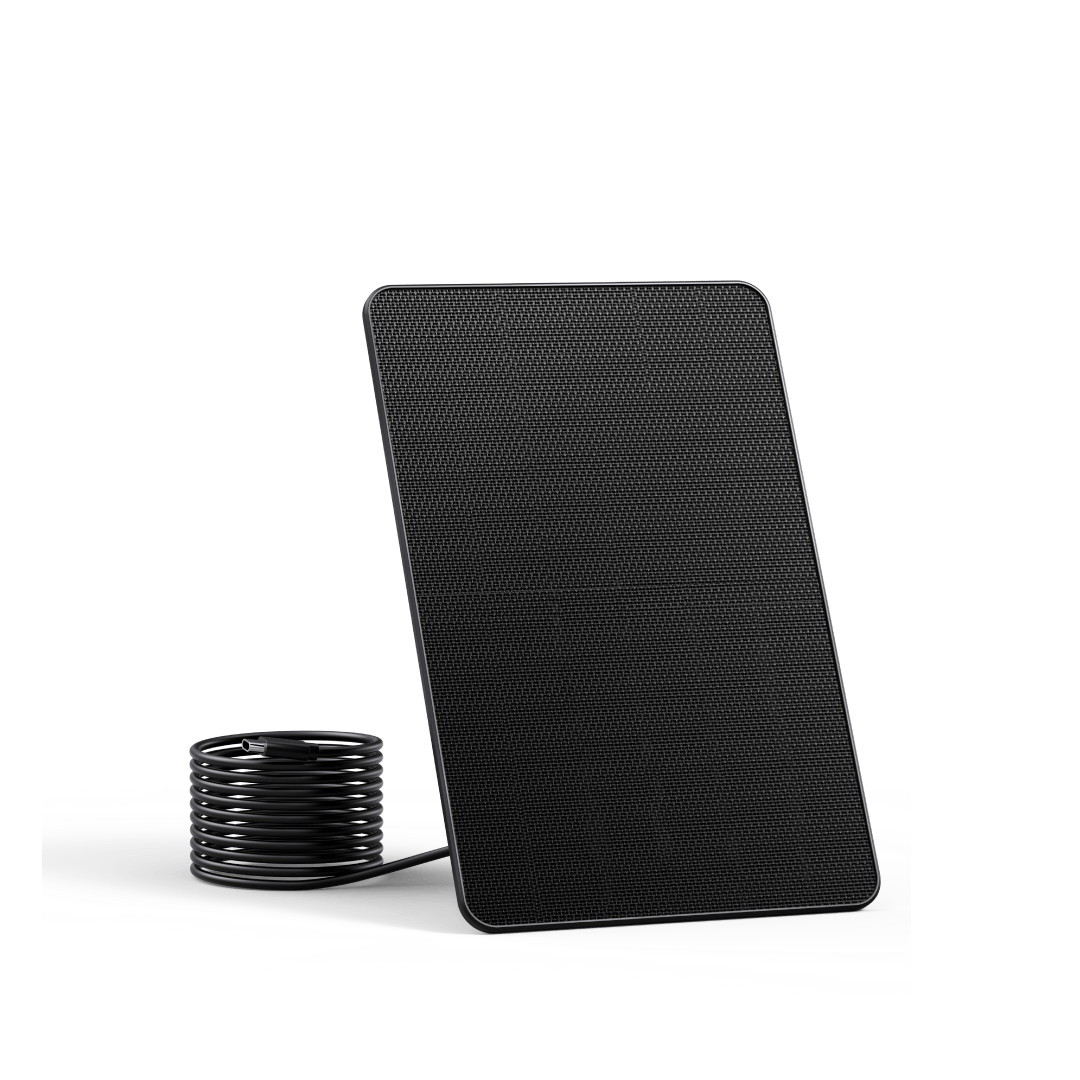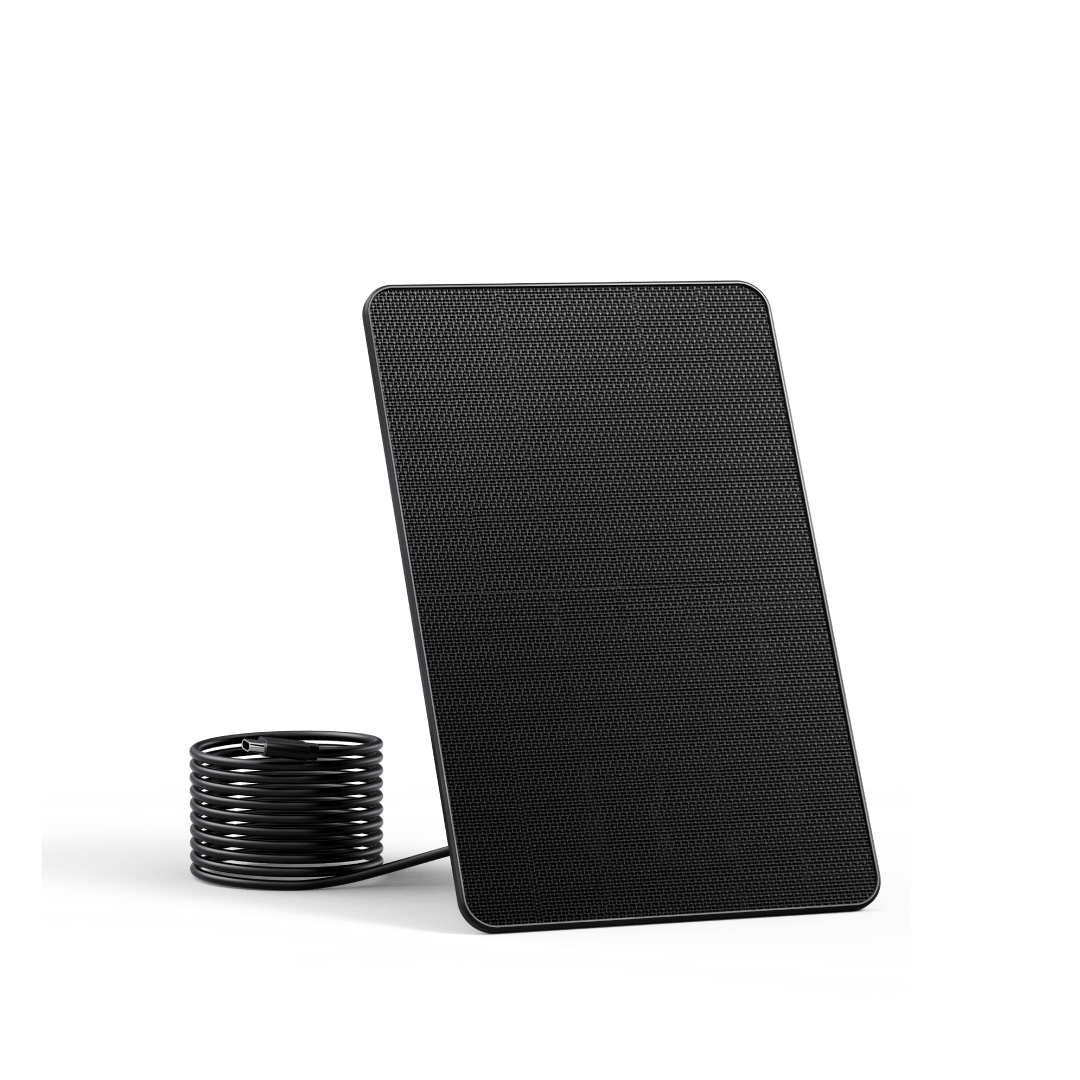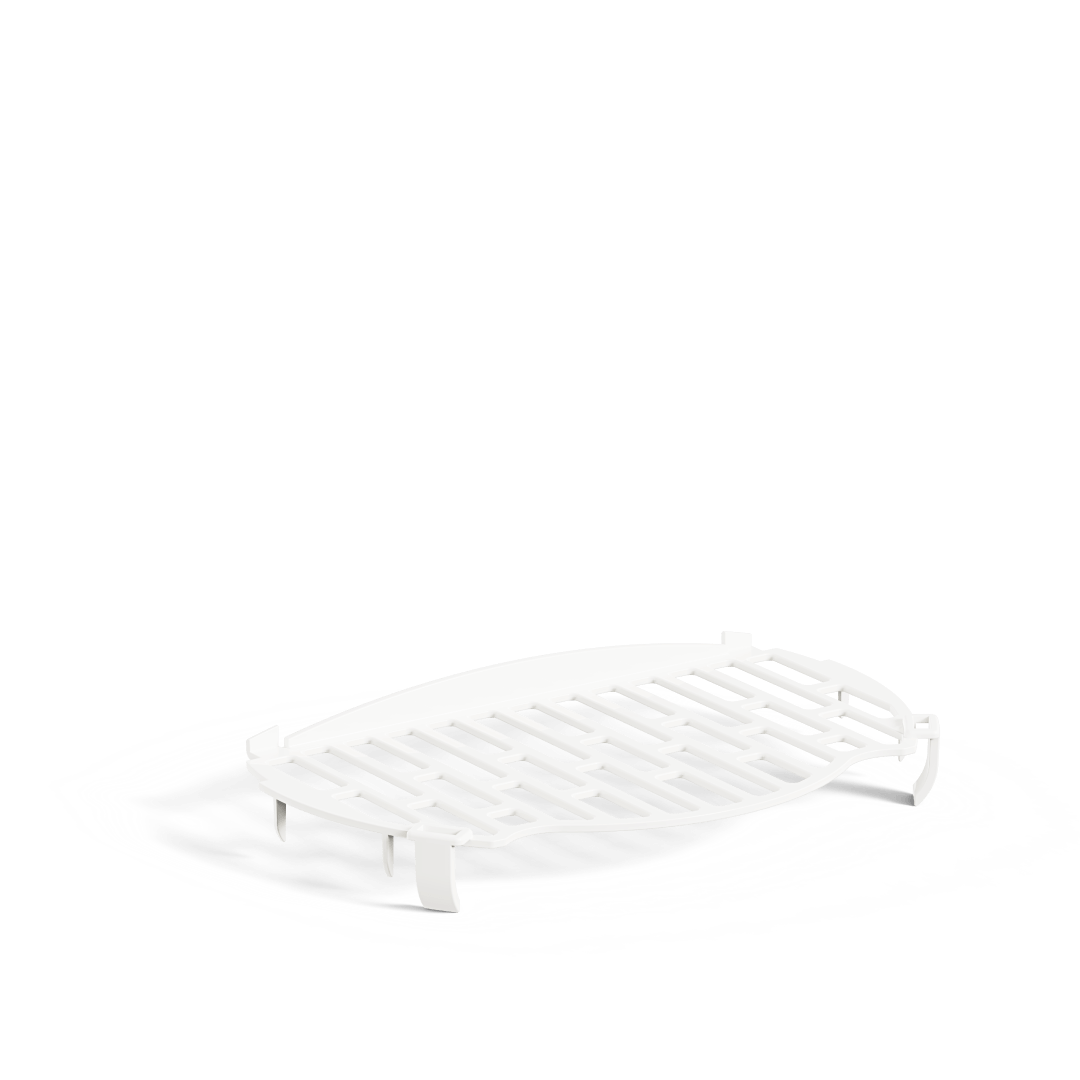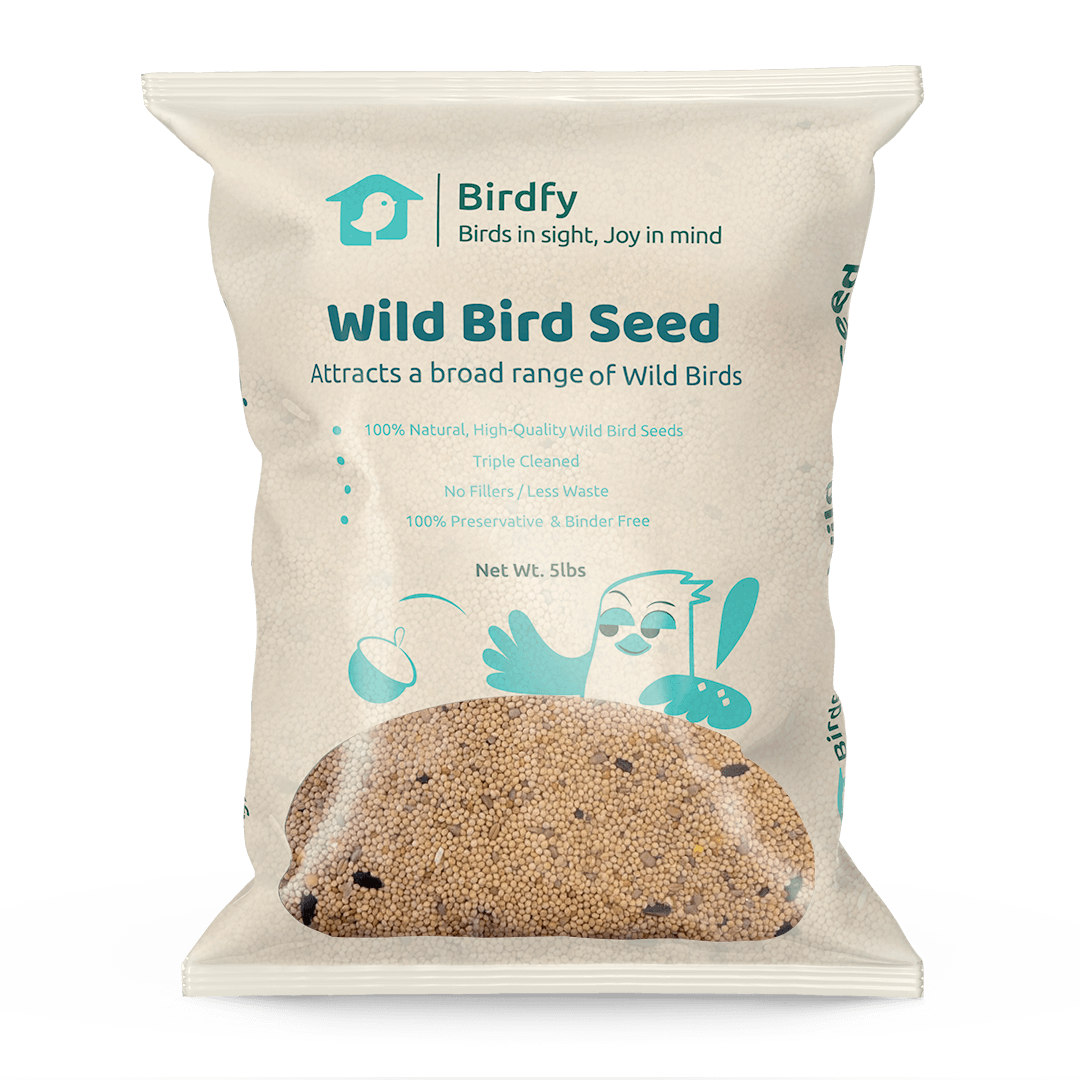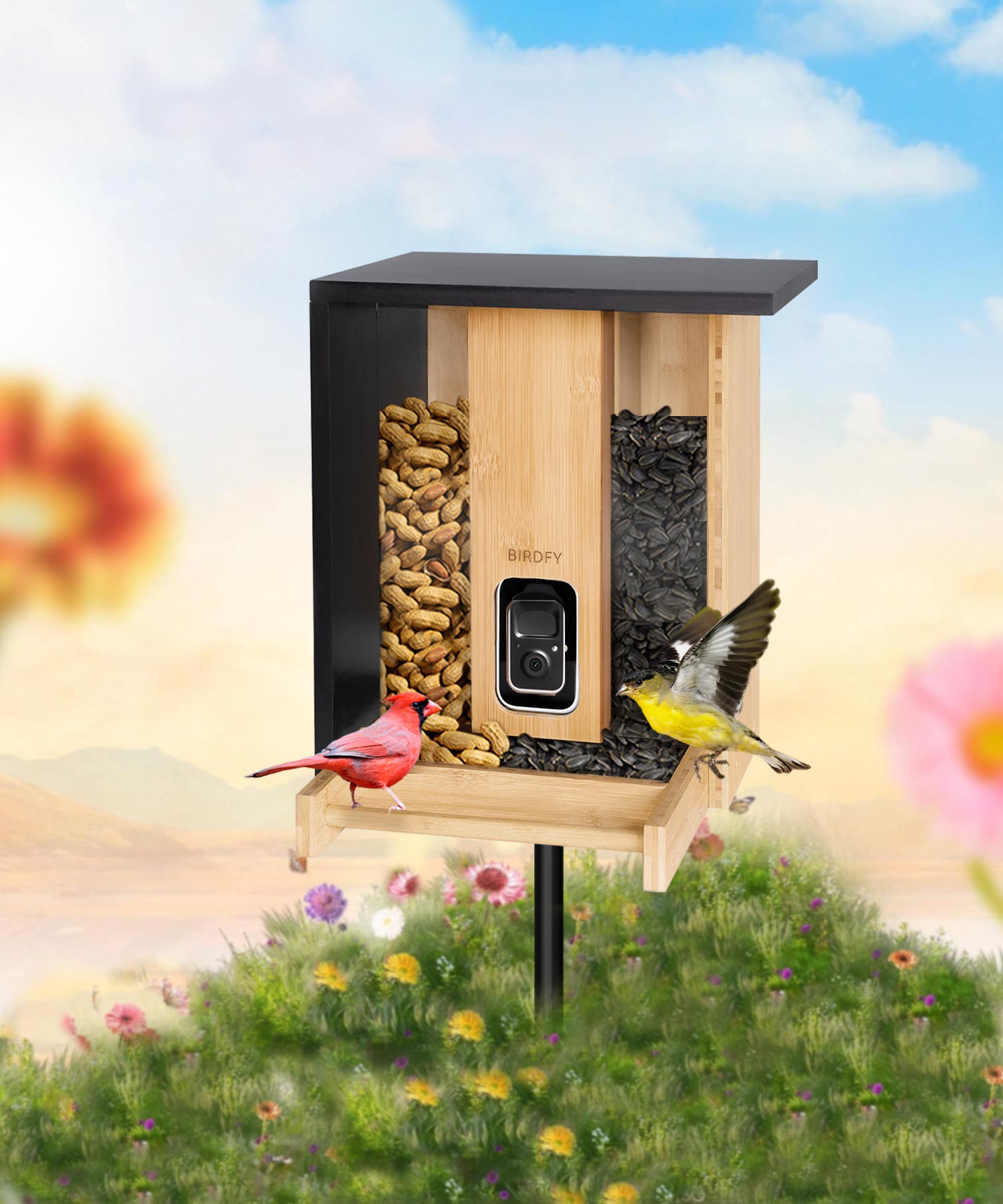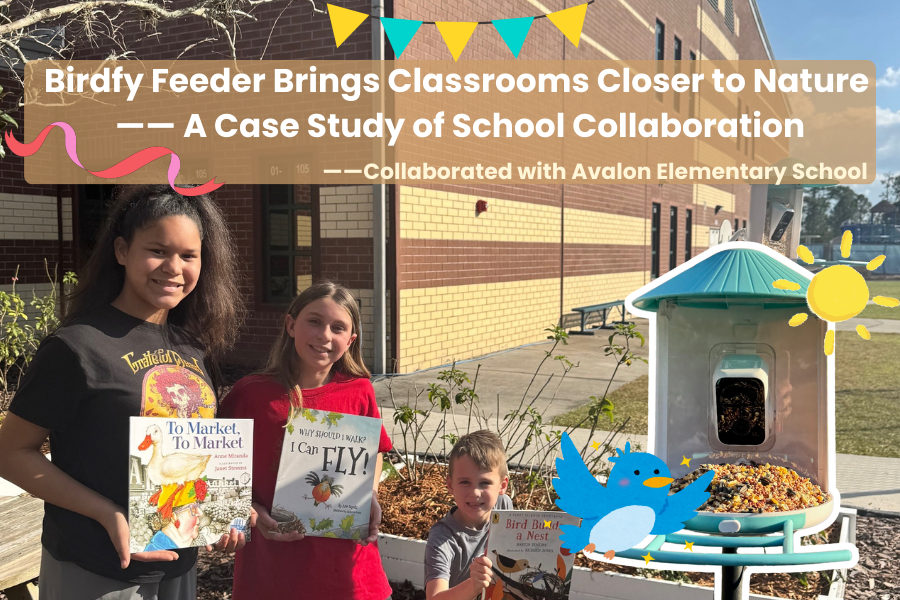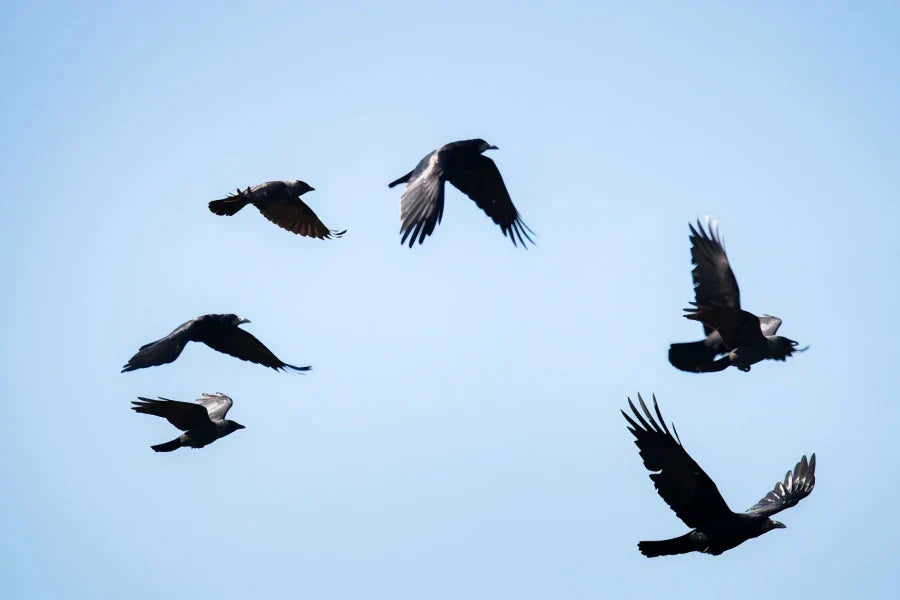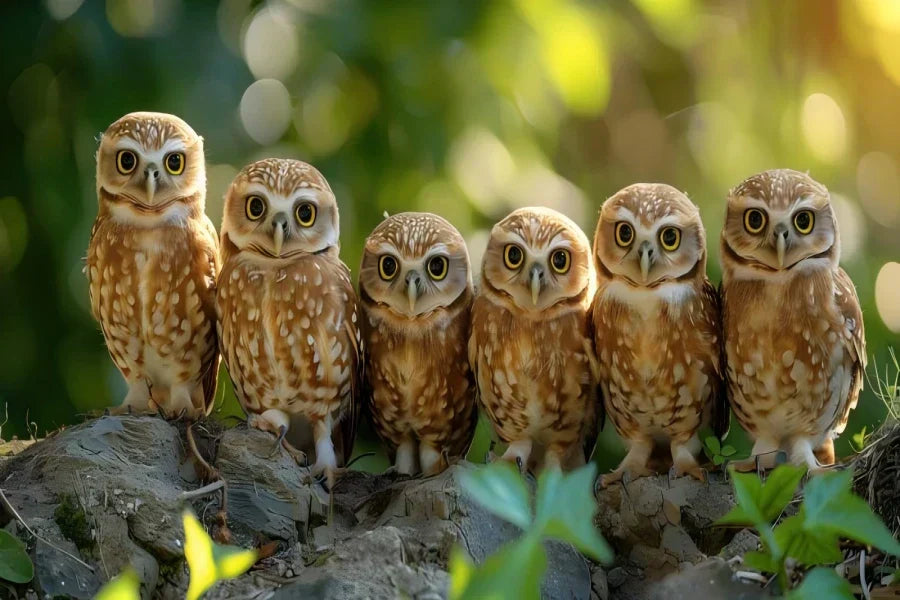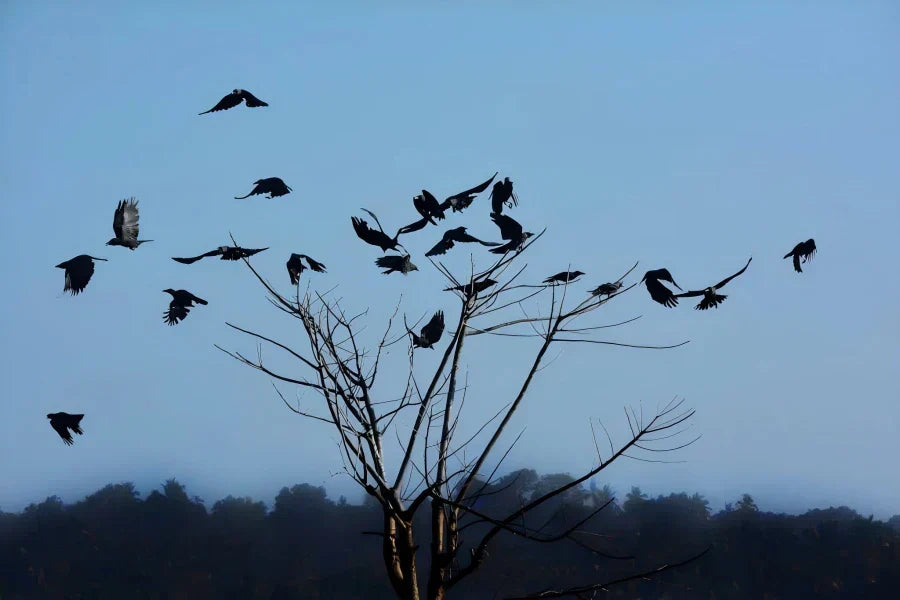Top 6 Hummingbird Feeder Mysteries You Must Know

But hold on, don't let your enthusiasm overflow just yet. We know you might be itching to create a welcoming hummingbird haven adorned with emerald-feathered visitors, but let's take a moment to cool off because feeding hummingbirds isn't as simple as it seems. It's not just about putting some sweet nectar in a camera hummingbird feeder and watching them gracefully dance around. Oh no, it's not that easy!

Turning yourself into a personal chef for hummingbirds sounds fun. The classic hummingbirds nectar recipe is simple to make; with a bit of adjustment, you can achieve great results. However, you might encounter a disaster if you haphazardly mix the sugar-water ratio. The nectar that is too light won't pique the hummingbirds' appetite, while too thick nectar can lead to fermentation and clog your feeders. If you use sweeteners or sugar substitutes other than regular table sugar, the nectar might become useless or even harmful to hummingbirds.

2. "Become the Time Manager for Hummingbird Travel: Win Their Hearts with Perfect Feeding Times"

If you live along the Gulf Coast or other southern regions of the United States, your hummingbird restaurant is open from mid-February to early November. In mid-latitude areas, hummingbirds may highly appreciate your feeders from early April to mid-October. As for more northern regions, the best season for you to share sweet moments with hummingbirds is from early May to late September.
3. "Hygiene Matters When Feeding Hummingbirds: Don't Let Feeders Become Bacterial Playgrounds"

Experts recommend changing and thoroughly cleaning feeders every other day. Especially in hot weather, cleaning and refilling them at least twice a week is advisable to prevent feeders from becoming moldy playgrounds. After all, nobody wants to eat from a bowl full of mold, right?

For window-mounted hummingbird feeders, regular cleaning is necessary whether they are in use or not. You can use a mixture of white vinegar and water for effective cleaning. Rinse thoroughly after cleaning to ensure no residue is left behind.
4. "The Red Danger: Why Your Hummingbird Nectar Should Stay Crystal Clear"

Why do we assume that hummingbirds are attracted to red? Hummingbirds indeed have an irresistible affinity for red, but that doesn't mean we need to add red dye to their food. In fact, most hummingbird feeders are already cleverly designed with red components that naturally attract them.

You might feel tempted when you see those vibrant red sugar water bottles on store shelves. But please resist the urge to purchase them, let alone attempt to make your own by adding food coloring. The artificial ingredients in red dye could harm these beautiful little creatures.
5. "Finding the Perfect Perch: How to Set Up Your Hummingbird Feeders"

When you find your hummingbird feeders turning into miniature aerial battlefields, it's a sign that you need to add more feeders or spread them apart to reduce such mid-air clashes. After all, we all want our backyards to be a peaceful haven, don't we?

6. "Ice-Free Nectar Solutions: How to Feed Hummingbirds in Cold Weather"

But don't despair when your bird feeders freeze on those chilly nights. I'm here to share some tips to help you prevent this minor inconvenience:

(2) Rotate the use of feeders, having one placed indoors and one outdoors, and switch them every few hours. Keep in mind that hummingbirds rest during the night, so if you decide to bring the feeders indoors, remember to put them back outside in the morning. If you have a heated area where the feeders are located, you may not need to bring them inside.

Remember, winter hummingbirds may be the ones that need our human assistance the most. Let's find innovative ways to meet their needs and ensure they can enjoy delicious nectar even in the cold weather!
Be the First to Experience the Ultimate Hummingbird Watching Adventure!

Dive into the enchanting world of hummingbirds with the Birdfy Hum Feeder, the first of its kind to offer a dual-camera, smart feeding experience. This innovative feeder uses AI technology to recognize over 300 species, providing an unparalleled opportunity to learn about and connect with these mesmerizing creatures. With high-definition cameras, you can watch hummingbirds from multiple angles, right from your smartphone. Perfect for bird enthusiasts and nature lovers alike, the Birdfy Hum Feeder brings the beauty of hummingbirds into your backyard, offering endless entertainment and educational value. Start up a special hummingbird-watching experience by clicking HERE.
To enhance your hummingbird-watching experience instantly, you may also want to consider adding our Birdfy Hummee extension to your shopping cart. This incredible addition will kickstart your hummingbird-watching journey in no time! Discover the wonders of hummingbird watching like never before with our Birdfy Hum feeder and Hummee extension.
Remember, with the right tools, your feeding adventure will be smoother and more enjoyable!
21 comments
Your not supposed to use soap while cleaning use bleach only rinse Thoroughly
Your not supposed to use soap while cleaning use bleach only rinse Thoroughly
This is good information to know thank you
This is good information to know thank you



